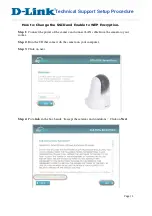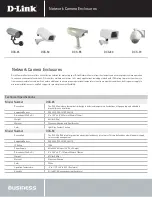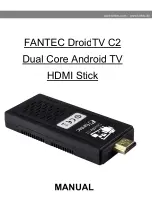
132
Settin
g
Checkers
Cha
p
ter 6
6.17.2 Registering a Base Position
The way of registering the current object as a base position is described below. To register a base
position, perform a test to check if the Areas 1 and 2 detect an edge. When a live image is displayed,
perform the test after importing a new image. When a memory image is displayed, perform the test using
the memory image currently displayed without importing a new image.
Registration Procedure:
1. Select the "Base Position" tab.
The cursor moves to "Base Setting".
2. Press the ENTER key
When the dialog message shown above appears, choose "YES" to
continue.
If the edges were correctly detected and the base position was resisted,
the following data appears in the message area.
Judgement: OK
Adj. X: 0.0
Adj. Y: 0.0
If the following message appears, it means that an edge in either Area 1 or Area 2 was not detected.
Check the setting values of areas (positions of start and end points) or the inspection objects.
E0042 Base position cannot be detected.
6.17.3 What To Do If You Faced a Trouble
Judgement result is always NG.
The following causes may be occurred.
• The object cannot be detected
Recheck and reconsider the area size and the detection conditions (including Target, Filter, Width, and
Priority).
• No base position is registered.
The error code "E0049" may be displayed.
Since any base position is not registered, AX40 cannot work properly. Note that if you change area position,
size and shape after registering it, you need to register the base position again.
• Position Adjustment that refers to adjustment amount cannot detect the object.
If Position Adjustment is set to the numbers except "0", the adjustment amount of Position Adjustment or
Rotation Adjustment that is registered to the number is referred. If the Position Adjustment or Rotation
Adjustment checker cannot detect the object, the adjustment amount cannot be referred. Therefore, AX40
does not function properly and outputs "NG" result.
Summary of Contents for Micro-Imagechecker AX40
Page 9: ...1 Names and Functions of Parts Chapter 1 Chapter 1 Names and Functions of Parts ...
Page 15: ...7 Installation and Wiring Chapter 2 Chapter 2 Installation and Wiring ...
Page 25: ...17 Input and Output Interface Ports Chapter 3 Chapter 3 Input and Output Interface Ports ...
Page 42: ......
Page 70: ......
Page 94: ...86 Setting Checkers Chapter 6 6 7 Gray Edge 6 7 1 Menu Options ...
Page 108: ...100 Setting Checkers Chapter 6 6 9 Smart Matching 6 9 1 Menu Options ...
Page 184: ......
Page 185: ...177 TOOL Chapter 8 Chapter 8 TOOL ...
Page 192: ......
Page 193: ...185 Environment Settings Chapter 9 Chapter 9 Environment Settings ...
Page 215: ...207 Chapter 10 Parallel Communication Chapter 10 Parallel Communication ...
Page 225: ...217 Chapter 11 RS232C Communication Chapter 11 RS232C Communication ...
Page 255: ...247 Chapter 12 Ethernet Communication Chapter 12 Ethernet Communication ...
Page 261: ...253 Chapter 13 Using a CF Card Chapter 13 Using a CF Card ...
Page 279: ...271 Chapter 15 Troubleshooting Chapter 15 Troubleshooting ...
Page 292: ...284 Specifications and Product Numbers Chapter 16 Camera Cable Keypad ...
Page 294: ...286 Specifications and Product Numbers Chapter 16 ANM88161 ANM88251 ANB842NL Unit mm ...
















































